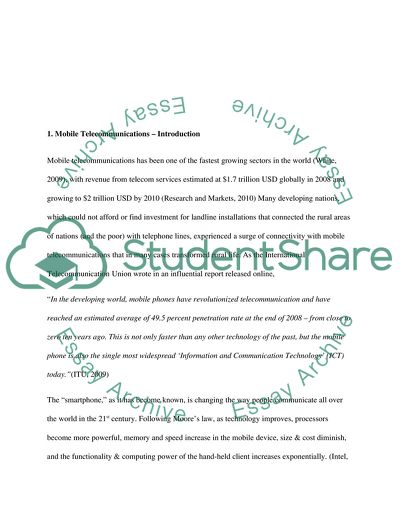Cite this document
(The Operating Systems and Application Eco-Structure of the Smartphones Research Paper, n.d.)
The Operating Systems and Application Eco-Structure of the Smartphones Research Paper. Retrieved from https://studentshare.org/technology/1746449-managing-information
The Operating Systems and Application Eco-Structure of the Smartphones Research Paper. Retrieved from https://studentshare.org/technology/1746449-managing-information
(The Operating Systems and Application Eco-Structure of the Smartphones Research Paper)
The Operating Systems and Application Eco-Structure of the Smartphones Research Paper. https://studentshare.org/technology/1746449-managing-information.
The Operating Systems and Application Eco-Structure of the Smartphones Research Paper. https://studentshare.org/technology/1746449-managing-information.
“The Operating Systems and Application Eco-Structure of the Smartphones Research Paper”, n.d. https://studentshare.org/technology/1746449-managing-information.


